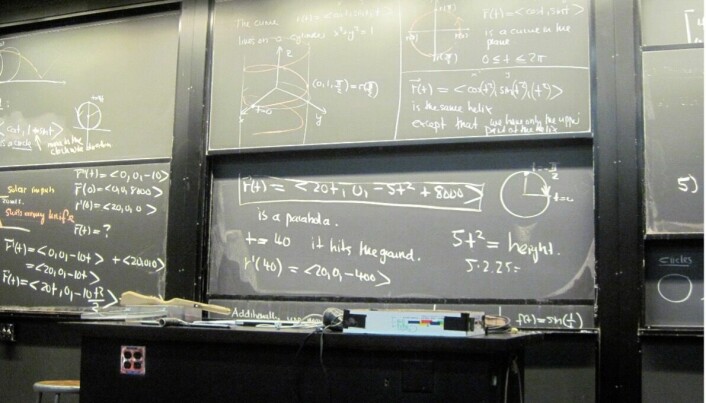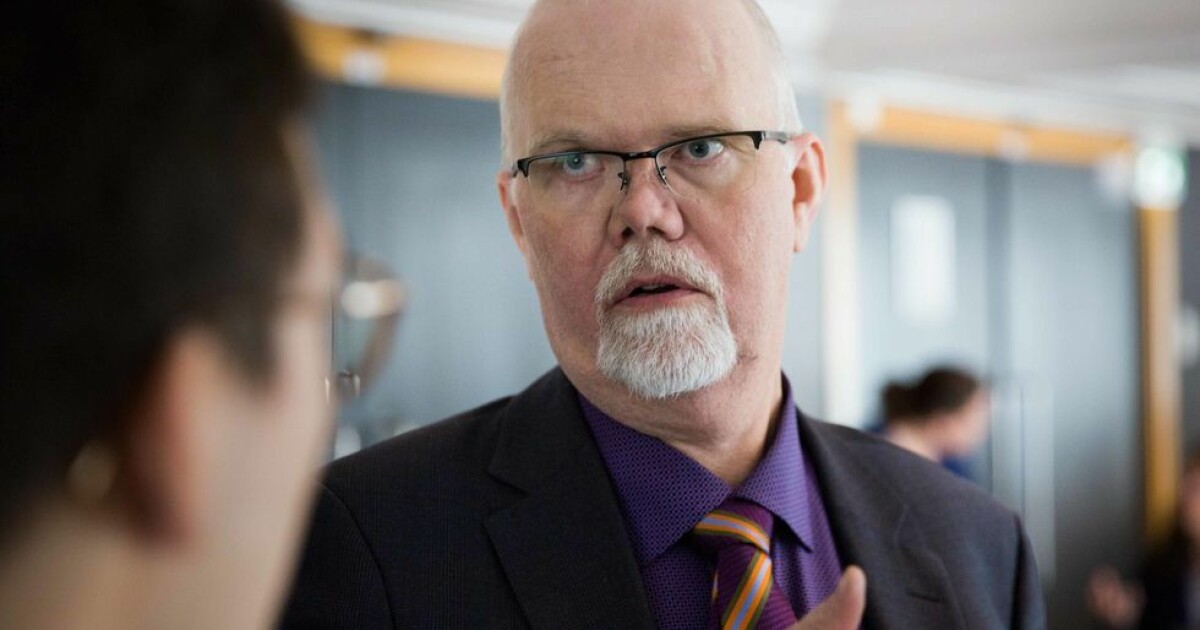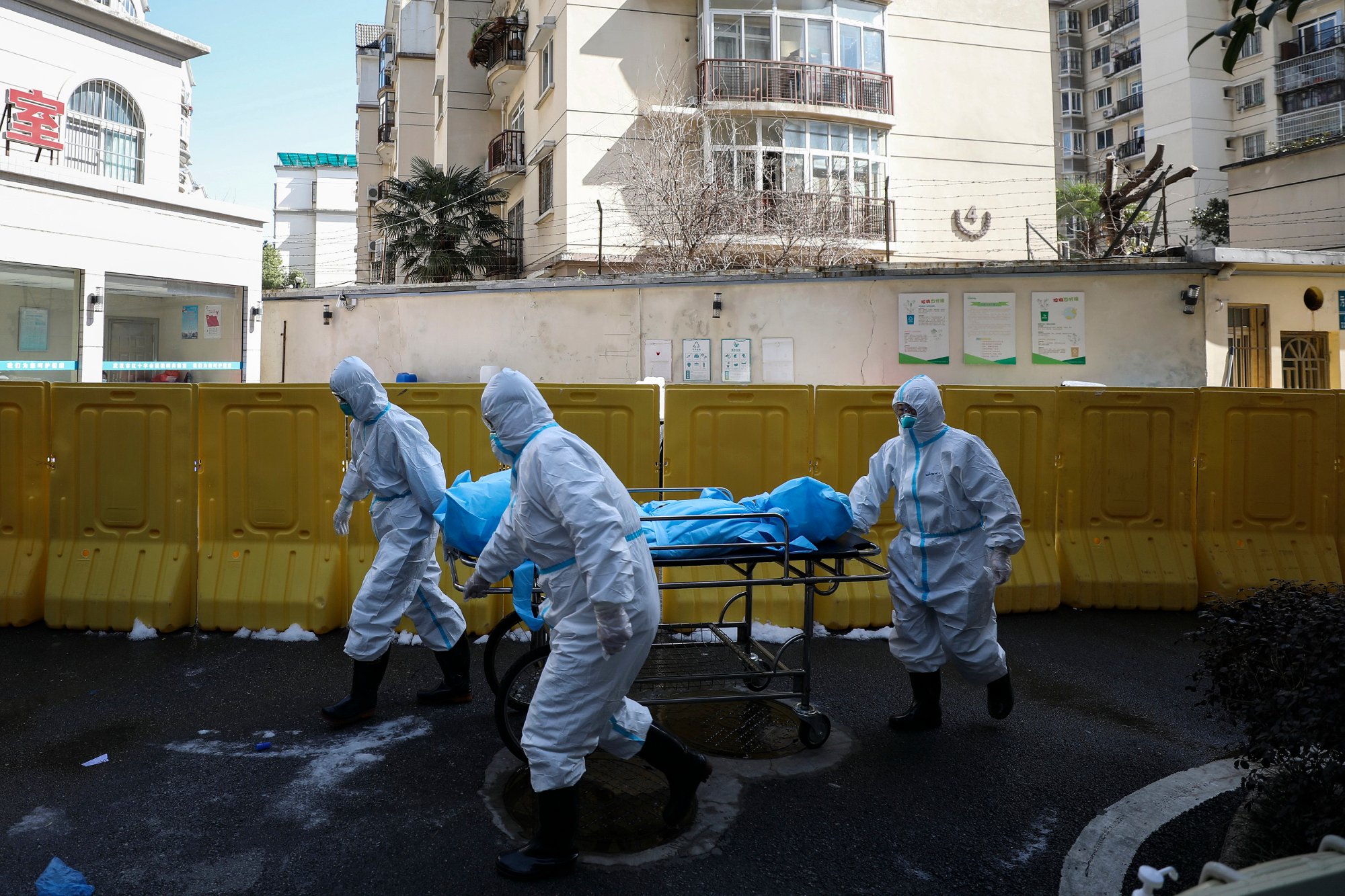Now it will be cut into the new NTNU campus. The Solitaire card must be repositioned. Everything needs to be reassessed, it needs to be cut to the bone. In short, it is an order of oil and…. Excuse me research and higher education. With deep despair and deep frustration I heard him speak of “increasing the efficiency of the region.” I have very low expectations that he thinks glass lobbies, spiral staircases, and other airy halls should disappear. No, we should have it, because the pictures would be so good!
What if we asked ourselves rather. What do we need? What do we need?
What we need depends entirely on what we are going to do. If you want to be good at climbing, you need a climbing wall to train in. If you want to be good at handball, you need a gymnasium/handball court. And if you are going skiing, you need a ski jump. You won’t be good at climbing in a room with a ceiling height of 2m 40cm, you won’t be good at playing handball sitting at a desk and reading about handball, and you won’t be a world champion in skating if you have to deal with the gym.
What are we going to do
Basically what we will do in university, which NTNU does after all, is research and teach. For research and teaching, we need suitable buildings to conduct research and teaching.
We need a good desk (and by office I don’t mean an 8 sq m bucket of glass (like the Pantham Panopticon), but a 16-18 sq m desk with glass in only one wall (aka a window), so we can do research – at least Reading and writing the research part, which is the part that takes the most time and requires the most concentration.We also need an office so that we can manage effective supervision (and by this I mean effective learning) for PhD students and masters students, and then we must have a place for them inside the office.I use Actively the material (mainly books) in the office, not only in my own research, but also in the supervision of PhD students and master’s students.
But I don’t intend to write about the need for cellular offices (this time). What I want to write about a little bit is the need for a better learning space. Also known as classrooms. Although much of the time we spend teaching (in addition to teaching) also takes place in the office, preparation, feedback, evaluation, and control take place. And then there’s the room we know, I want to say something about. We at NTNU have a precarious need for more modern rooms in order to create a quality educational journey. This is especially true for fourth and fifth year students.
We need a flat floor
By good learning, I mean that students should not only be able to reproduce the material (theorems, models, etc.), in the final exam (until it is largely forgotten), but they should be able to think, choose between models The various theories, discussed, and material applied in practice. Good teaching for me is about facilitating these critical reflections through syllabus selection, lecture format, exercises, case discussions, and assessment forms. Experience has shown that it is very difficult to achieve this in NTNU, at least in Gløsaugen.
I’ve used flat-floored classrooms for many years. But there is disagreement about them, and it is difficult to understand them. But I prefer teaching from 6 pm to 9 pm instead of allocating a normal meeting room, because it can only be used for one-way lectures.
In a classroom with flat floor which should accommodate 55 students as standard, I get space for 25 students in a horseshoe design. If the room was designed as a semi-circular hall. Then this area can accommodate about 40-45 students. Not only might it be a good fit for the space, but it’s also not a climbing wall, handball court, or ski jump. But these areas are actively learning. And why in the world should the efficiency of the region trump everything else? Zone efficiency cannot be an end in itself. Does not make sense. We run the risk of ending up as Malmö University that built a new building for 750 million kroner that was left empty for two years because no one wanted to use it. It wasn’t appropriate for the activity that was going to happen there (to make the long story short). But it was definitely a space saver.
A room where discussion is what matters
A semi-circular hall means that on average students see the faces of at least 2/3 of their fellow students in addition to the person(s) who are teaching and leading the discussion. In an ordinary hall, students only see the face of the teacher and the necks of their fellow students. In a semi-circular auditorium, the discussion mainly applies. It is required, at a minimum, that everyone has read and thought about the material to be discussed before coming and discussing the material together. These are social and lively learning situations for students and it is very difficult not to recreate them in the digital space.
Here we must stick our finger on the ground and take with us what we have learned from teaching during the pandemic. One-way lectures can easily be conducted digitally. Especially if you cut it into shorter TED-like talc-like snippets. One-way digital lectures often work better than live lectures in a regular auditorium for Ford students when they have the opportunity to stop, rewind, and watch again.
If NTNU is equipped for the future and creating a vibrant campus with committed students and subject teachers, having good classrooms is crucial.
Below is an example of a floor plan for a semi-circular auditorium of about 65 students. Rooms like this can be found on the campuses of all the major universities around the world, with different sizes from 25 to 80 students.

Each row in the back of the room is one level above the row in front. The differences in height are not very large, but enough that you can look over the student’s head in the front from the front of the room and read the name card on the table in front of the student in the back row. There is easy access from two sides and two ‘lanes’ so that any student can get in and out quickly and efficiently (I suppose fire regulations play a role here as well). The flat floor in the first row makes the room accessible for the disabled.
Here the teacher can create discussions between students and between student groups. For example, a case might have a CEO, a technical director, and a marketing department (or it might be a large and important client, an engineering department, and a marketing department). who have partially different perceptions of the situation. Then the discussion leader can assign different roles to different parts of the room and then his students discuss these different viewpoints, not primarily with the person leading the discussion (the lecturer) but with each other.
Thinking about and discussing the situations from work and organizational life they will encounter in full swing in only a short time, means that they are better prepared to face complex and complex situations (not just short exam questions), where it is not entirely clear what information is most relevant, and where it leads Different priorities and different performance goals among different decision makers result in partly conflicting interests. Strengthens students’ ability to see multiple points of view at the same time. In addition to helping enhance students’ ability to verbally express vision in an accurate and effective manner.
Councils, we must have councils
I also note that cuts are also discussed on the equipment front. I don’t know what was originally meant, but to facilitate such discussions it is important to have plenty of space on the board. It is recommended that you have at least 2, and preferably 3, whiteboard batteries, as 3 whiteboards in each battery can be raised and lowered so that you can see 2 of the 3 whiteboards in each battery at any time.

On the floor in front of the first row in the middle there is also a screen that the teacher uses to see what is displayed on the screens above so that they see what is on the slides etc without having to turn their back. on the students.
If ‘coming from NTNU’ means that students know something, have learned something, and can contribute something to discussions with future employers, we need a good learning space.

“Explorer. Unapologetic entrepreneur. Alcohol fanatic. Certified writer. Wannabe tv evangelist. Twitter fanatic. Student. Web scholar. Travel buff.”




